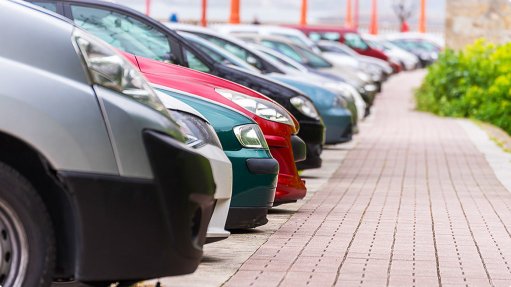
The South African new-vehicle market continued to recover some momentum in September, following the disruptions experienced in the economy during July, says WesBank.
“Building on August sales successes, September sales . . . provided some reassurance for a stronger final quarter.”
September new-vehicle sales increased by 15.8%, to 43 130 units, compared with the same month last year.
The month’s sales were also up 4% relative to August sales.
Although new-vehicle sales are up 30.1% year-to-date, to 345 172 units, compared with the same pandemic-impacted period last year, WesBank says it continues to finance well over two used vehicles for every one new vehicle.
“While manufacturers are naturally focused on selling new vehicles, the pre-owned market influences brand affinity. However, on a retail level, sales are sales, whether new or used, providing mobility solutions to customers and cashflow for dealers,” says WesBank marketing and communication head Lebogang Gaoaketse.
However, while demand in the pre-owned market remains “very strong”, used-car price inflation may begin to impact this momentum, he adds.
This demand may also become more about vehicle specification than affordability at a time when the industry is paying a premium on certain pre-owned models.
WesBank is reassured by this demand.
“While stock availability in the new-vehicle market remains stressed, forcing some consumers into the pre-owned market, the sheer demand remains encouraging for the industry once global stock shortages are alleviated.”
The sector most impacted by stock shortages, owing to a tight global supply of computer-chips, for example, is light commercial vehicles (LCVs).
LCV sales declined by 10.9% during September compared with September last year, to reach 10 943 units. This is 802 units, or 6.8%, less than the August number.
Driving the September market growth was the 30.5% gain in passenger-car sales year-on-year.
“The Reserve Bank’s decision last month to maintain interest rates will continue to provide stimulus to the market, whether new or used,” says Gaoaketse. “Both sectors’ sales will ultimately contribute to the overall recovery of the South African motor industry.”
NADA Optimistic
South Africa’s retail motor dealers fared better than expected in September, notes National Automobile Dealers’ Association (NADA) chairperson Mark Dommisse.
“With these sorts of volumes, industry could expect to end the year at the high end of analyst forecasts for 2021.
“What was heartening to see is that 82.7% of the total new-vehicle volume was sold through the retail dealer channel.
“The 1 506-unit growth month-on-month is encouraging, with the majority increase seen in passenger-vehicle sales, which is also a positive sign as the largest volume segment.”
Dommisse notes that the healthy contribution by the rental industry in September, at 12.4% of sales, bodes well for the future supply of vehicles to the pre-owned market, where stock is currently in short supply.
This industry has only recently returned to the market since defleeting drastically in 2020 when the global Covid-19 pandemic hit South Africa.
“Used-car values should continue to hold at higher-than-expected levels as long as there is a new-vehicle stock shortage,” says Dommisse.
“Fortunately for dealers, the strong demand for used vehicles has been able to mitigate some of the losses in new-vehicle sales volume, due largely to the global shortage of microprocessors.
“The effect of the ongoing microchip shortage resulted in more brands than previously experiencing stock shortages in September,” he adds.
“There is stock, but not in the best model mix, which is affecting the dealers’ ability to supply models the customers want.”
The bad news is that this situation is unlikely to improve significantly in the next 12 to 18 months.
The chip shortage has already cost the global motor industry an estimated $210-billion as many manufacturing plants have had to either close, or cut their output.